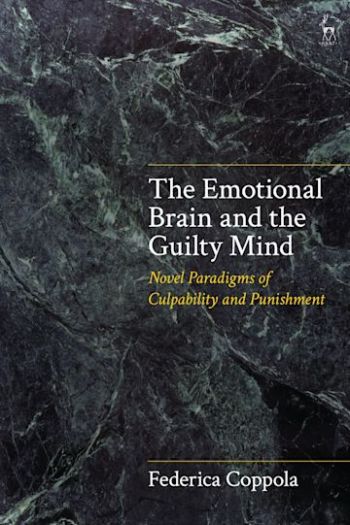We are now closed for the Christmas and New Year period, returning on Monday 5th January 2026. Orders placed during this time will be processed upon our return on 5th January.

This book seeks to reframe the normative narrative of the 'culpable person' in American criminal law through a more humanising lens. It embraces such a reframed narrative to revise the criteria of the current voluntarist architecture of culpability and to advance a paradigm of punishment that positions social rehabilitation as its core principle.
The book constructs this narrative by considering behavioural and neuroscientific insights into the functions of emotions, and socio-environmental factors within moral behaviour in social settings. Hence, it suggests culpability notions that reflect a more contextualised view of human conduct, and argues that such revised notions are better suited to the principle of personal guilt. Furthermore, it suggests a model of 'punishment' that values the dynamic power of change of individuals, and acknowledges the importance of social relationships and positive environments to foster patterns of social (re)integration.
Ultimately, this book argues that the potential adoption of the proposed models of culpability and punishment, which view people through a more comprehensive lens, may be a key factor for turning criminal justice into a less punitive, more inclusionary and non-stigmatising system.